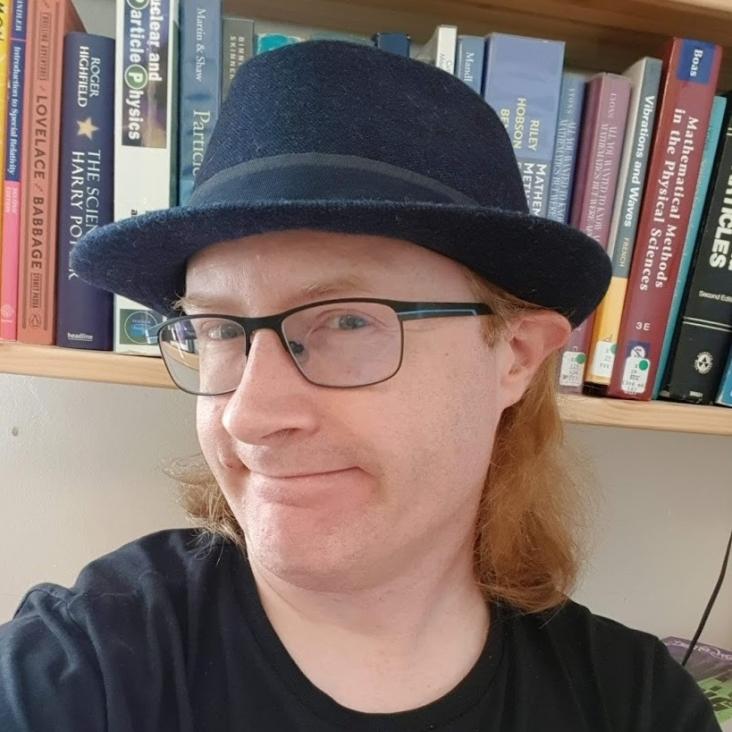CRESST cryogenic dark matter search
New Astronomy Reviews 49:2-6 SPEC. ISS. (2005) 255-258
Abstract:
The CRESST Phase II experiment at Gran Sasso is using 300 g scintillating CaWO4 crystals as absorbers for direct WIMP (weakly interactive massive particles) detection. The phonon signal in the CaWO4 crystal is registered in coincidence with the light signal, which is measured with a separate cryogenic light detector. The absorber crystal and the silicon light detector are read out by tungsten superconducting phase transition thermometers (W-SPTs). As a result an active discrimination of the electron recoils against nuclear recoils is achieved. Results on the properties of the detector modules and on the WIMP sensitivity are presented. © 2005 Published by Elsevier B.V.CRESST-II: dark matter search with scintillating absorbers
NUCL PHYS B-PROC SUP 138 (2005) 153-155
Abstract:
In the CRESST-II experiment, scintillating CaWO4 crystals are used as absorbers for direct WIMP (weakly interacting massive particles) detection. Nuclear recoils can be discriminated against electron recoils by measuring phonons and scintillation light simultaneously. The absorber crystal and the silicon light detector are read out by tungsten superconducting phase transition thermometers (W-SPTs). Results on the sensitivity of the phonon and the light channel, radiopurity, the scintillation properties of CaWO4 and on the WIMP sensitivity are presented.CRESST II background discrimination: Detection of W-180 natural decay in a pure alpha-spectrum
(2005) 517-522
Abstract:
For the first time the natural alpha decay of W-180 has been unambiguously detected in a (gamma, beta and neutron)-free background spectrum. This has been obtained by simultaneously measuring phonon and light signals with CRESST 11 cryogenic detectors. Results on the radio purity of the detectors and on the measured half-life of W-180 are presented.The CRESST dark matter search
(2005) 212-217
Abstract:
We present first competitive results on WIMP dark matter using the phonon-light-detection technique. A particularly strong limit for WIMPs with coherent scattering results from selecting a region of the phonon-light plane corresponding to tungsten recoils. The observed count rate in the neutron band is compatible with the rate expected from neutron background. CRESST is presently being upgraded with a 66 channel SQUID readout system, a neutron shield and a muon veto system. This results in a significant improvement in sensitivity.Detection of the natural alpha decay of tungsten
Physical Review C 70 (2004) 064606 6 pages


